41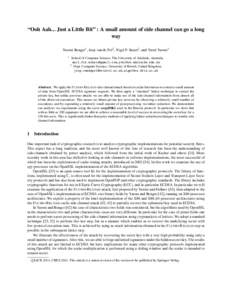 | Add to Reading ListSource URL: eprint.iacr.orgLanguage: English - Date: 2014-06-02 03:54:18
|
|---|
42![Lattice Attacks on Digital Signature Schemes N.A. Howgrave-Graham, N.P. Smart MCS Department HPL Laboratories Bristol HPL[removed] Lattice Attacks on Digital Signature Schemes N.A. Howgrave-Graham, N.P. Smart MCS Department HPL Laboratories Bristol HPL[removed]](https://www.pdfsearch.io/img/f61278e4aa20c9cd4676cf8dd2812925.jpg) | Add to Reading ListSource URL: www.hpl.hp.comLanguage: English - Date: 1999-09-08 19:15:27
|
|---|
43 | Add to Reading ListSource URL: www.ercim.euLanguage: English - Date: 2008-12-08 05:11:33
|
|---|
44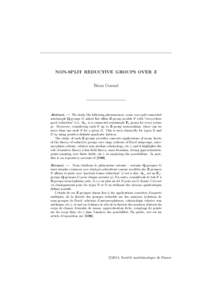 | Add to Reading ListSource URL: math.stanford.eduLanguage: English - Date: 2014-07-08 11:03:33
|
|---|
45![Cryptanalysis of NTRU with two public keys Abderrahmane Nitaj Laboratoire de Math´ematiques Nicolas Oresme Universit´e de Caen, France Email: [removed] Cryptanalysis of NTRU with two public keys Abderrahmane Nitaj Laboratoire de Math´ematiques Nicolas Oresme Universit´e de Caen, France Email: [removed]](https://www.pdfsearch.io/img/a02a70150002432d37d6e974ed4442ac.jpg) | Add to Reading ListSource URL: www.math.unicaen.frLanguage: English - Date: 2011-09-02 16:54:04
|
|---|
46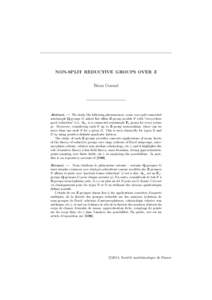 | Add to Reading ListSource URL: math.stanford.eduLanguage: English - Date: 2014-04-07 08:15:47
|
|---|
47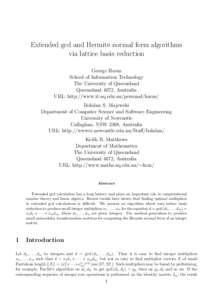 | Add to Reading ListSource URL: www.numbertheory.orgLanguage: English - Date: 2002-01-22 06:23:32
|
|---|
48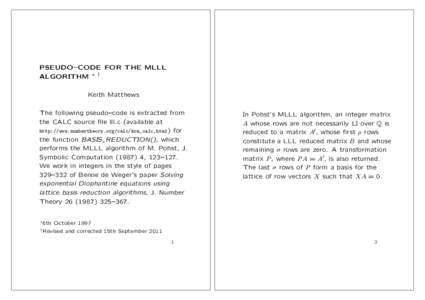 | Add to Reading ListSource URL: www.numbertheory.orgLanguage: English - Date: 2011-09-25 12:09:55
|
|---|
49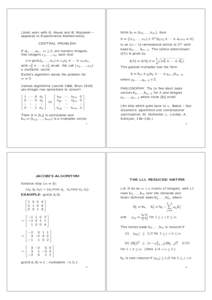 | Add to Reading ListSource URL: www.numbertheory.orgLanguage: English - Date: 2011-09-25 12:54:28
|
|---|
50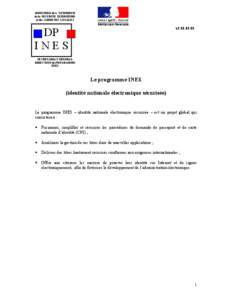 | Add to Reading ListSource URL: www.signelec.comLanguage: English - Date: 2010-02-23 06:23:32
|
|---|